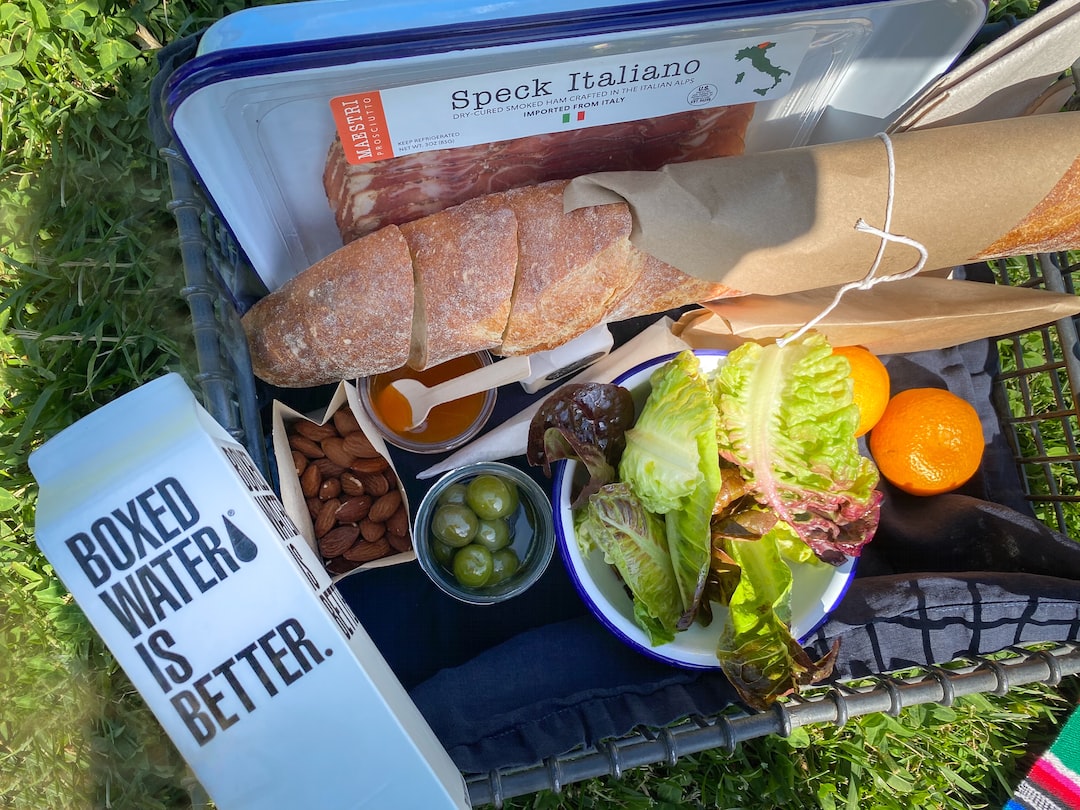Mastering Navigation Skills: How to Never Get Lost in the Wilderness
Are you an outdoor enthusiast who loves exploring the wilderness? Do you want to feel confident and secure during your adventures? One essential skill that every wilderness explorer should master is navigation. Being able to find your way through unfamiliar terrain is not only crucial for your safety but also enhances the overall enjoyment of your outdoor experiences. So, let’s delve into the world of navigation and learn how to never get lost in the wilderness!
1. Equip Yourself with the Right Tools:
Before you set foot into the wilderness, it’s essential to equip yourself with the right tools. The most fundamental navigation tool is a reliable compass. Ensure that you choose a high-quality compass and take the time to learn how to use it correctly. Additionally, having a topographic map of the area you’re exploring is vital. Study the map before your expedition and mark key landmarks and other points of interest.
2. Learn to Read Topographic Maps:
Understanding topographic maps is paramount for successful navigation. These maps provide detailed information about the terrain, including elevation changes, water bodies, and other natural features. Familiarize yourself with the symbols and contour lines on the map. By deciphering these elements, you can better understand the landscape and plan your route accordingly.
3. Develop Land Navigation Skills:
Having the right tools is not enough; you must also possess the skills to use them effectively. Land navigation involves orienting yourself and determining the direction of your destination. Begin by identifying a few stable landmarks around you, like prominent peaks, rivers, or rock formations. Use your compass to determine their direction and then draw a line on your map connecting them. This technique, known as triangulation, will help you establish your position accurately.
4. Follow Natural Navigation Indicators:
Nature can provide you with valuable navigation indicators if you know how to observe them. Pay attention to the sun’s position to estimate the cardinal directions during daylight hours. In the Northern Hemisphere, the sun rises in the east and sets in the west. Additionally, moss tends to grow on the north side of trees, which can give you a rough idea of the direction.
5. Utilize the Stars and Sky:
Navigation doesn’t stop when the sun sets. Learn how to navigate using the stars and the night sky. The North Star, also known as Polaris, remains almost fixed in the sky above the North Pole. Locating the North Star can help you determine your approximate latitude and find your direction. Familiarize yourself with other prominent constellations to enhance your celestial navigation skills.
6. Gain Confidence in Map Reading:
Map reading is a crucial skill that helps you understand your surroundings. Train yourself to identify terrain features on the map and correlate them with what you see in reality. Practice map reading in your own backyard or local park before venturing into the wilderness. This will boost your confidence and accuracy when navigating in unfamiliar areas.
7. Stay Alert and Observe:
Navigation is not a skill that can be perfected overnight. It requires constant practice and attention to detail. As you explore the wilderness, stay alert and continuously observe your surroundings. Look for key landmarks, trail signs, or any natural features that will assist you in staying on track. Remember to reference your map and compass frequently to confirm your route.
8. Use Technology as a Backup:
While traditional navigation methods are essential, technology can serve as a helpful backup. GPS devices, along with their corresponding apps, can provide precise coordinates, track your movements, and enable you to plan your route ahead of time. However, relying solely on technology is not advisable, as batteries can die or signal reception might be limited in remote areas. Treat technology as a useful addition but not your sole means of navigation.
By following these tips and consistently practicing your navigation skills, you can become a master of wilderness exploration. Remember, the key to never getting lost is to be prepared, confident, and observant. So go out there, embrace the beauty of nature, and navigate with ease through the vast wilderness!

